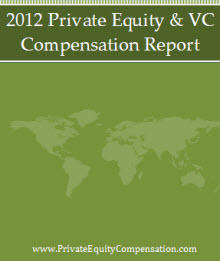Even the president of the Kaufman Foundation, the huge endowment fund that promotes entrepreneurship, is stating the current VC compensation model is broken.
In an article in Business Week, Carl Schramm and Harold Bradley say the prominence of American venture capital has taken a tumble from its heyday in 2000. The industry that spawned such successes as Apple, Cisco, Google and Microsoft, only invested $4.8 billion into 637 companies in 2009 (and that’s down 33 percent from 2008).
Schramm and Bradley believe the “2 and 20″ formula (2 percent of annual management fees and 20 percent of profits on exit) is to blame. The formula worked well two decades ago, when most VC investors were wealthy individuals with “patient capital,” who were willing to wait 10 years for a start-up to blossom. But in the past decade, more and more institutional money has flooded into the VC industry. These big corporate and public pension fund investors are willing to commit huge chunks of money on the same 2 and 20 terms. But the higher capital volumes generate sizeable management fees for VC funds, which encourages VCs to focus more on raising funds than on nurturing start-ups along the long road to success.
And since institutional investors are under pressure to show short-term returns, VC funds started “flipping” their start-ups after just a few years, to create quick payoffs.
Schramm and Bradley believe that forcing VC funds to hold onto their best portfolio companies longer … and forcing them to put more of their own “skin” in the game, in terms of partnership money, would help.

